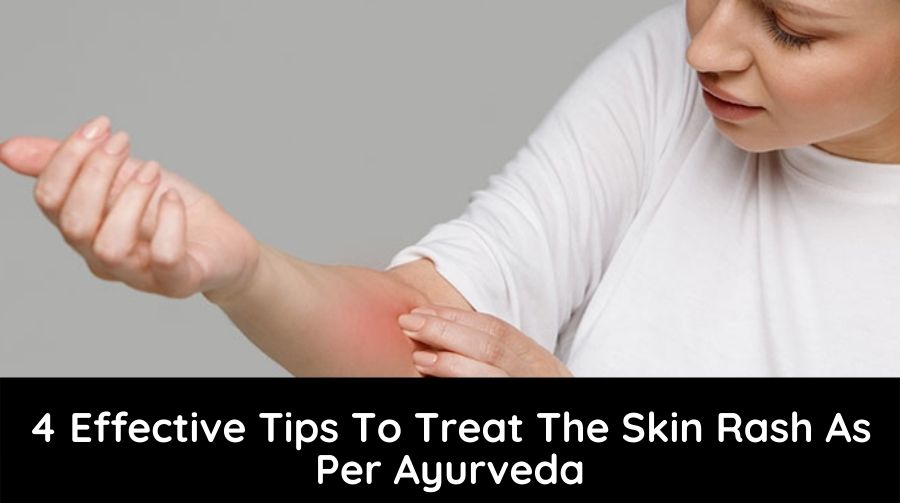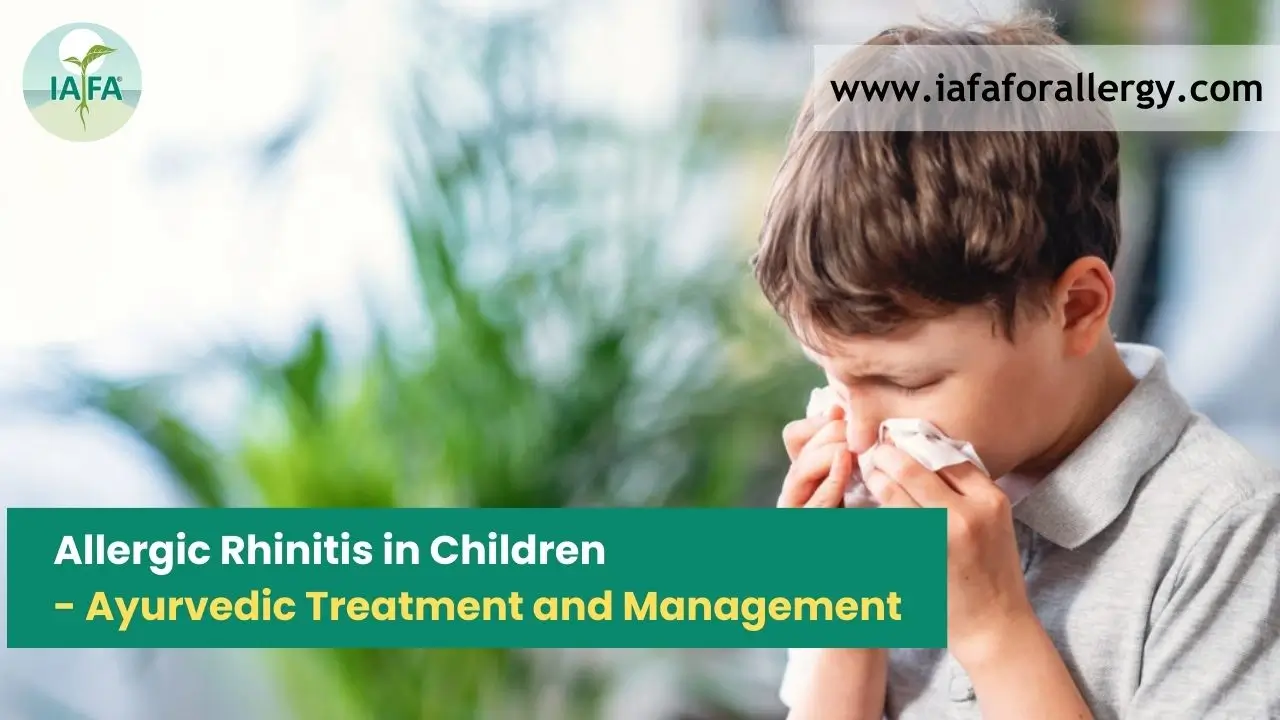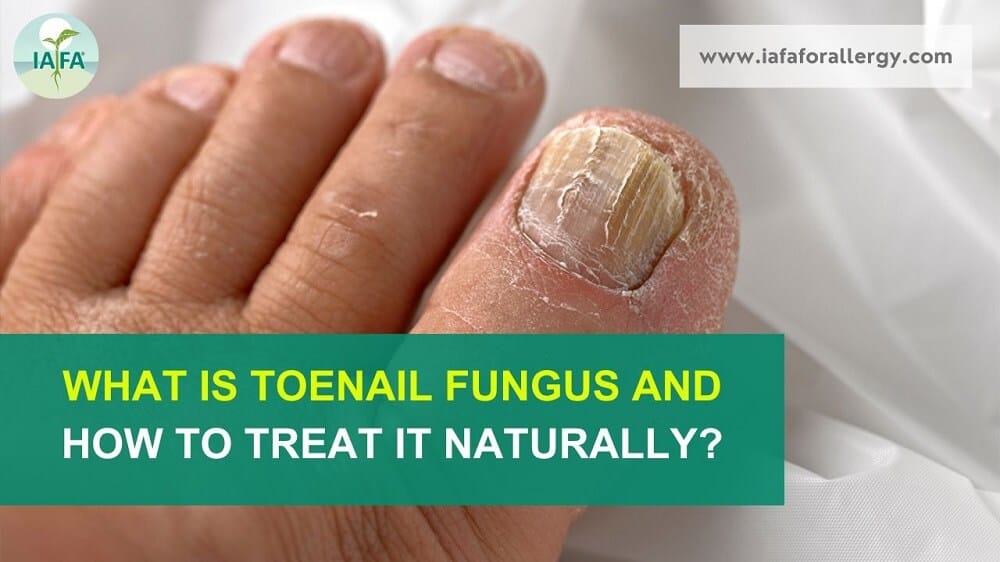Urticaria, commonly known as nettle rash or hives, is the result of an allergic reaction. Hives appear as a red, raised, itchy skin rash on the body. Urticaria is notable for the fact that, while the rash may remain for weeks, separate wounds normally fade within a day and are often gone in a couple of hours.
The release of histamine from skin mast cells is triggered in some patients with ordinary chronic urticaria by elements spreading in the blood, like antibodies produced against their cells – a procedure known as autoimmunity.
Urticaria – As Per Ayurveda
All skin illnesses are classified as “Kushta Roga” in Ayurveda, whereas Urticaria is classified as Sheetapitta. When people come into touch with chilly air, their Vata (air) and Kapha (water)doshas get aggravated, according to Ayurveda. It also causes the aggravation of pitta dosha (fire) to flare into the Rakta Dhatu (blood tissues). The Rakta Dhatu is harmed by an overabundance of pitta. When the irritated doshas migrate to the skin, Sheeta Pitta develops. The therapies involve determining the problem and concentrating on it.
Home Remedies for Urticaria
1. Neem Leaves
To minimize urticaria, a 5 to 7 gm dose of paste of Neem leaves can be consumed daily.
2. Turmeric Powder
Take 1 teaspoon Turmeric powder two to three times a day with a glass of water or milk. It’s a wonderful cure for increasing the body’s immunity.
3. Mustard Oil
Massage the skin for 15 minutes with mustard oil before taking a lukewarm bath.
4. Aloe Vera Lotion
It is high in vitamin E, which is very essential for our skin to stay healthy. It also aids to ease the itching provoked by your hives.
5. Black Pepper Powder
Mix 12 teaspoons black pepper powder with 12 teaspoons of desi ghee and eat it on a vacant stomach every morning. For best effects, persist for up to three months.
Health Tips for Urticaria
1. Wear Comfortable Clothing
Many persons with sensitive skin develop hives when they wear leather, wool, or other materials that scratch against their skin repeatedly. Determine which fabrics may cause hives and make a point of wearing breathable clothing made of cotton or any light material.
2. Scrub With Oatmeal
Oatmeal’s anti-inflammatory properties make it an excellent hydrating and relaxing scrub for the skin. To soothe inflamed skin, take a morning shower in warm water and scrub the areas of skin with hives infections using an oatmeal soap bar or baking soda.
Herbs for Urticaria
Many herbs have been shown to bear anti-inflammatory and/or antihistamine effects and give relief from swelling and itching. These can be taken as a supplement, following the package guidelines or the advice of a qualified healthcare provider.
1. Aloe Vera
Apply the gel to your skin. However, because some people are touchy about aloe vera, you should try it on an unaffected region first to see how you respond if you’ve never tried it before. Aloe vera can also be ingested orally.
2. Ginger (Zingiber officinale)
Ginger can help to prevent the onset of hives and accompanying symptoms, as well as aid in the removal of inflammatory waste products from the body.
3. Green Tea (Camellia Sinensis)
Because of its high level of antioxidant polyphenols and flavonoids, green tea is a powerful antihistamine that can also aid reduce inflammation. Cooled tea can be applied to affected regions or green tea can be drunk as a tea or as a supplement.
4. Licorice (Glycyrrhiza Glabra)
Antihistamine and anti-inflammatory effects are found in licorice. Make sure you get the non-DGL version, which you may take as a tea, a supplement, or a lotion.
Diet Management for Urticaria
Foods to Avoid
Milk and its milk products, fish, and other seafood that are prone to trigger an allergic reaction; Avoid salt, tofu, nuts, and certain vegetables, as well as rich fruits (bananas, oranges, figs, pineapples, avocados, dates, melons, and coconuts ) ( cucumbers, tomatoes, and sweet potatoes)
Foods to Consume
Lighter fruits (pears and apples), beans, honey, spices, grains, and vegetables are all Kapha-suppressing foods and herbs to consume.
Lifestyle Changes (Vihar)
Cold things, artificial cooling equipment, and disclosure of cold breezes should all be avoided. Avoid foods and drugs that increase your symptoms; Excessive salt, and mustard consumption; exposure to the cold wind; incorrect emesis; insect bites are all things to avoid. Eladi Taila oil massage all over the body; When rashes occur, apply Aloe Vera gel; Neem paste can also be applied externally.
Conclusion
Urticaria is more typical than you imagine and can be cured if treated in time. IAFA Ayurveda® is one of the best Ayurvedic institutes to treat any skin-related problems naturally. Book your appointment for online ayurvedic consultation now.










